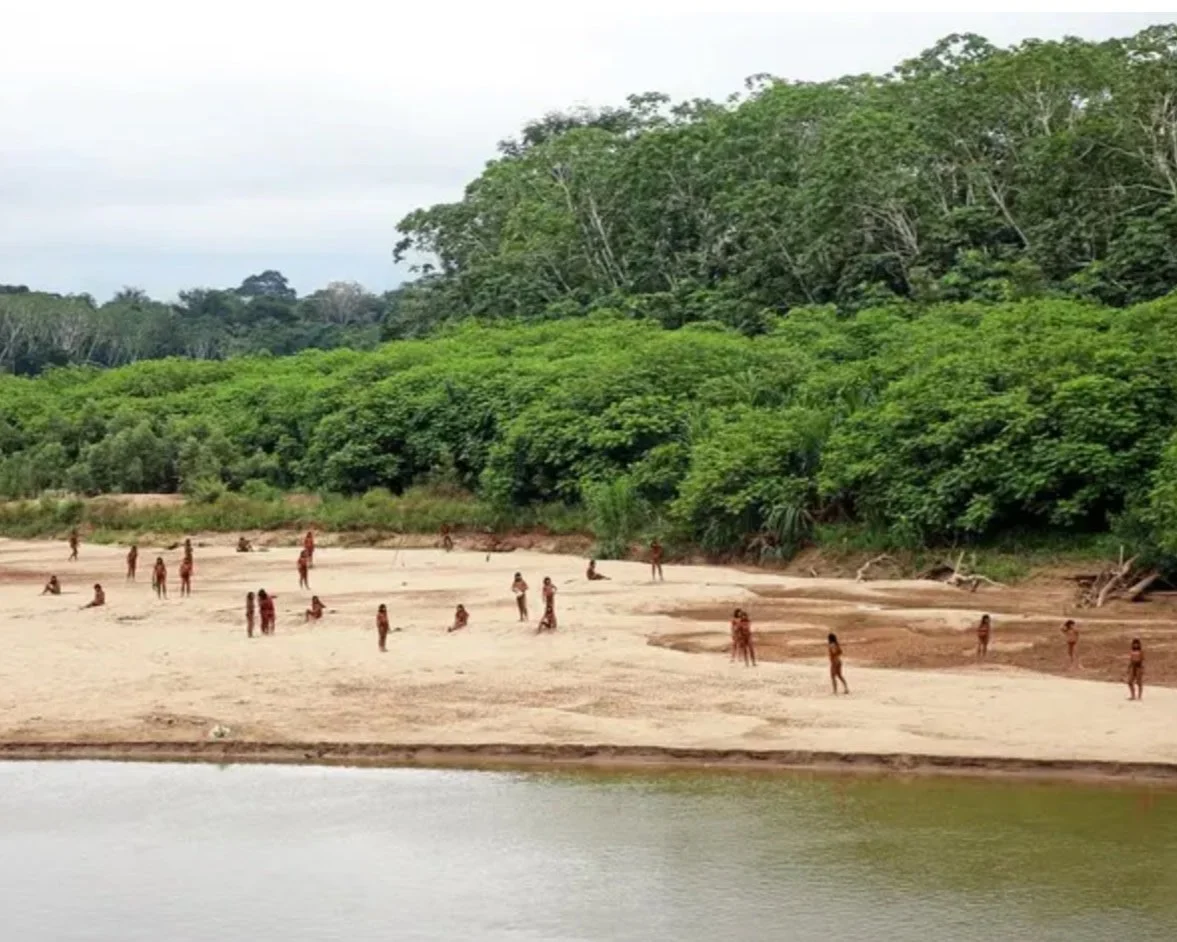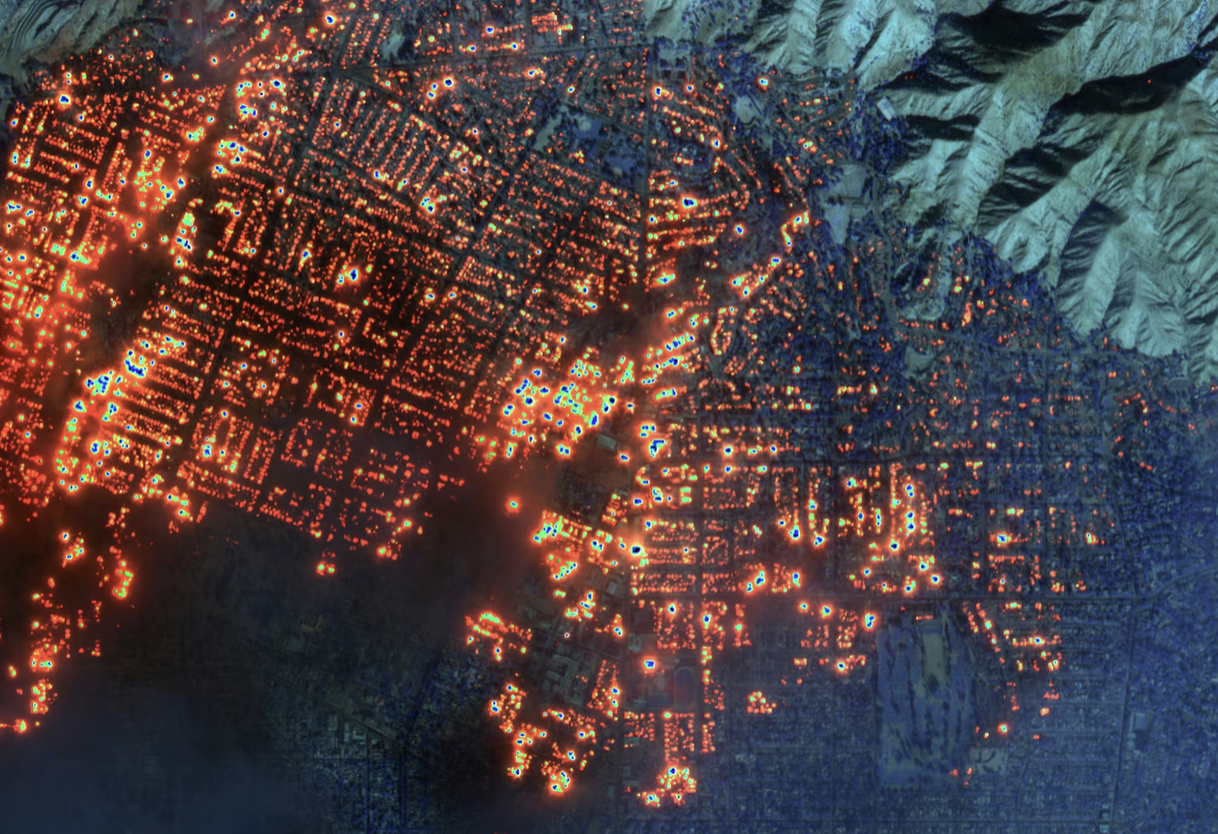From spiritual teachers to human rights leaders, these ten voices offer timeless wisdom on compassion. Their words remind us that compassion is not only a feeling—but a force for connection, resilience, and everyday action.
Read MoreReal stories of compassion in unexpected places—from war zones to protests. What happens when empathy defies division?
Read MoreThis article examines how psychic numbing weakens public response to climate change and argues that narrative empathy is essential for turning overwhelming data into meaningful, emotional engagement.
Read MoreWhy does bad news capture our attention while good news fades away? Explore the psychology behind negativity bias, loss aversion, and media influence. Learn how these biases shape our perception of the world—and how we can balance our media diet for a healthier, more realistic perspective.
Read MoreParticipatory ecological storytelling blends narrative empathy with ecological empathy and thus becomes a creative and collaborative way to address eco-anxiety and psychic numbing and build deeper connections with nature.
Read MoreWhat happens when Hamlet meets Grand Theft Auto Online? During lockdown, artists turned a video game into a stage, proving that even in chaos, storytelling can connect us. Discover how this experiment redefined performance and resilience.
Read MoreThis year’s Oscars highlighted stories that demand to be seen: a Palestinian-Israeli documentary on loss and resistance, L.A. firefighters honored for real-life heroism, and Anora, a film giving visibility to erased lives. Why these moments mattered.
Read MoreCan AI chatbots provide meaningful support, or do they pose unseen dangers—especially to vulnerable individuals? The tragic case of Sewell Setzer III, who formed an emotional attachment to a chatbot that failed to intervene, raises urgent concerns. Molly Russell’s death further underscores the risks of unregulated algorithms shaping young minds. As AI advances, we must ask: Are we prioritizing convenience over safety?
Read MoreFrom Ground Zero uses narrative empathy to break through psychic numbing, revealing the harsh reality of war in Gaza through deeply personal stories from those living at ground zero.
Read MoreAmid wildfire devastation, small objects tell big stories—a child’s toy, a lost painting, a rescued dog. Behind every statistic is a life forever changed.
Read MoreExplore the challenges uncontacted indigenous tribes face in balancing autonomy and survival. Discover how evolving threats demand updated policies to ensure their protection while respecting their isolation.
Read MoreWildfires are devastating communities and ecosystems, but your actions can make a difference. Our article shares practical steps to support wildfire relief and prevention while tackling the root causes of the crisis.
Read MoreThis article explores the ethics of cetacean captivity (such as orcas), the empathy and compassion necessary to acknowledge their suffering, and the importance of ethical alternatives.
Read MoreYoung leaders are redefining society with clarity, courage, and a sense of urgency. From Kaliko in Hawai’i demanding climate accountability to Malala Yousafzai championing girls’ education, these activists are breaking through apathy and inspiring systemic change. Learn how their voices are shaping a more just and sustainable future.
Read MoreSlow risks like climate change and rising sea levels are accelerating rapidly. Learn why urgent action is needed and how you can help reframe these threats as immediate priorities.
Read MoreHow does gender shape our perception of risk? Biases in risk perception—rooted in societal structures—impact vulnerability during disasters, health crises, and everyday risks. From the white male effect to inequities faced by women and LGBTQ+ communities, understanding these dynamics is essential for fostering inclusive policies and equitable resilience.
Read MoreCognitive biases obstruct public understanding of climate change, blocking meaningful action. By using strategies like framing, visualization, and narrative empathy, we can bridge the communication gap and motivate change.
Read MoreImage by Edward Kimmel, Wikipedia
Discover how denialism spreads misinformation and fuels division, and learn how education, legal frameworks, and compassion can effectively combat its damaging impacts.
Read More

















